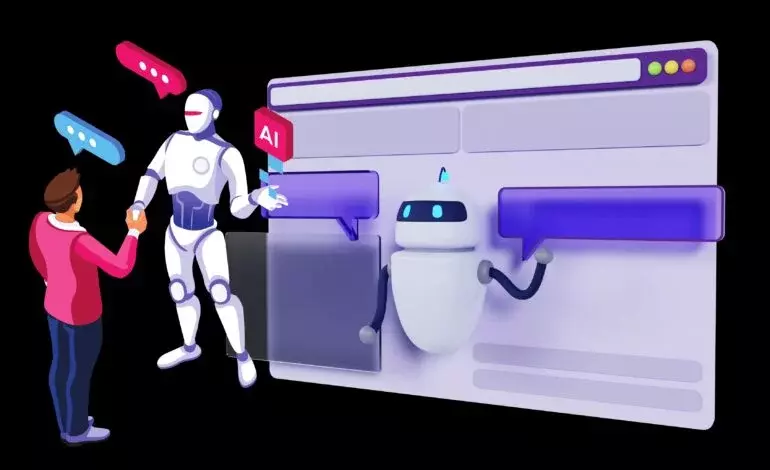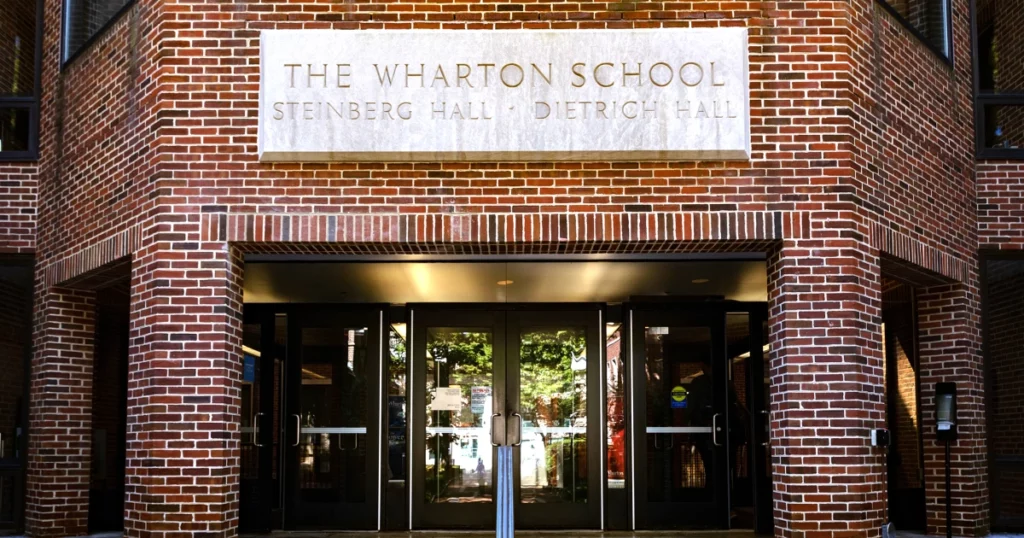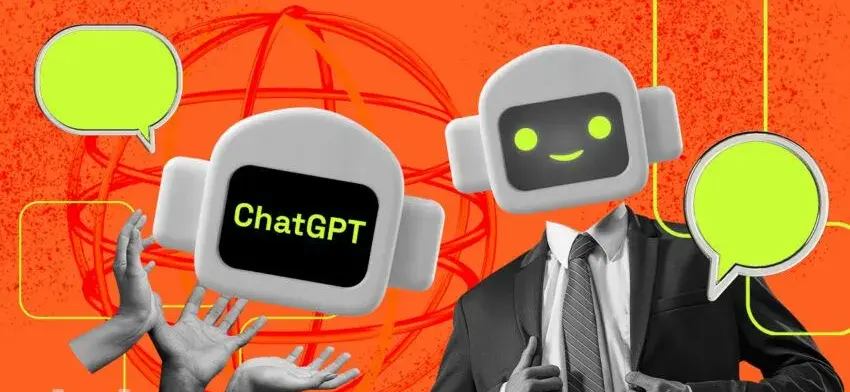AI-based content generators like Google Bard have gained significant popularity, leading to debates about their use. As educators and institutions strive to uphold academic integrity, the role of plagiarism detection software like Turnitin becomes crucial. Therefore, it is necessary to address the question: Can Turnitin Detect Google Bard? Scroll down the below article and know the ongoing need for advancements in plagiarism detection methods to address the evolving landscape of Artificial Intelligence writing tools.
Turnitin asserts its capability to identify all types of plagiarized content, including that generated by AI-based tools. It employs an approach that analyzes sentence structures and specific phrases to differentiate between human-written and AI-generated content. By comparing various text elements, Turnitin aims to distinguish between the two sources.
In the article below, I will help you explore the limitations and challenges Turnitin faces in detecting AI-generated content.
In This Article
Can Turnitin Detect Google Bard? Its Claim and Approach

Yes, Turnitin can detect any work generated by AI Chatbot like Google Bard. Turnitin is a plagiarism detector and is limited in detecting AI-generated content, and its accuracy cannot be guaranteed. While Turnitin claims to possess the technology to differentiate between human and AI-generated content, its accuracy remains to be determined.
Although Turnitin offers mechanisms for identifying content generated by artificial intelligence, it should be acknowledged that the precision of the outcomes may not be assured.
The ever-evolving nature of AI algorithms poses challenges in accurately identifying content produced by such tools. Thus, while Turnitin strives to detect AI-generated content, its effectiveness remains to be determined, highlighting the need for continuous improvement and adaptation in plagiarism detection methods.
Turnitin’s Response to Google Bard
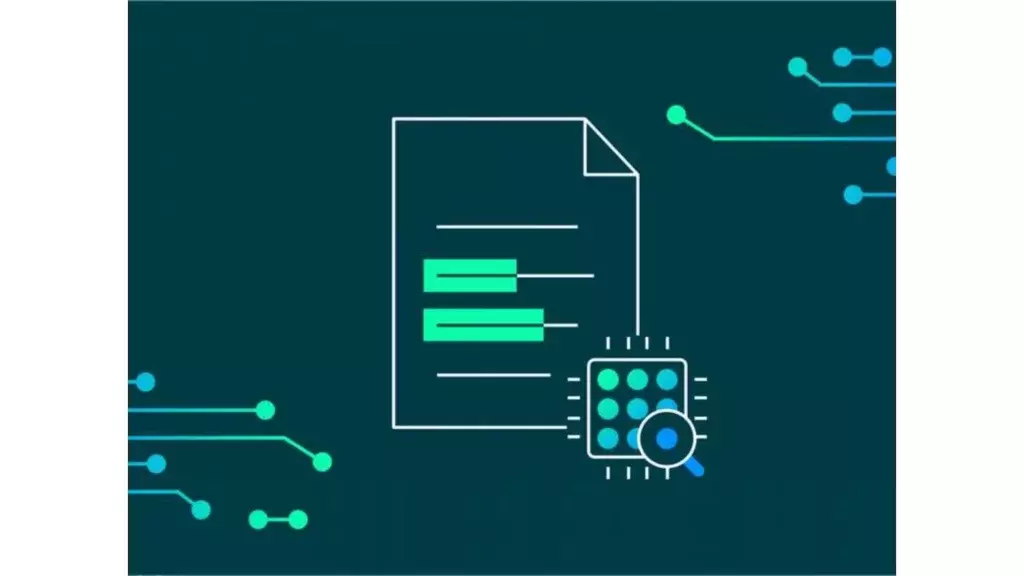
Findings from content generated using Google Bard and subsequently tested with Turnitin reveal a significant detection rate of plagiarism. Turnitin plays a crucial role in identifying copied content by leveraging its vast database, which includes web pages, student papers, and professional articles.
By comparing the submitted content to this extensive collection, Turnitin can flag instances of potential plagiarism. In addition, it demonstrates the effectiveness of Turnitin’s approach in identifying similarities and matching content. Using such a comprehensive database allows Turnitin to provide valuable insights into the originality of the submitted work and enables educators and institutions to uphold academic integrity. And, also note that you must be over 18 years to access Google Bard.
Challenges in Detecting AI-Generated Content
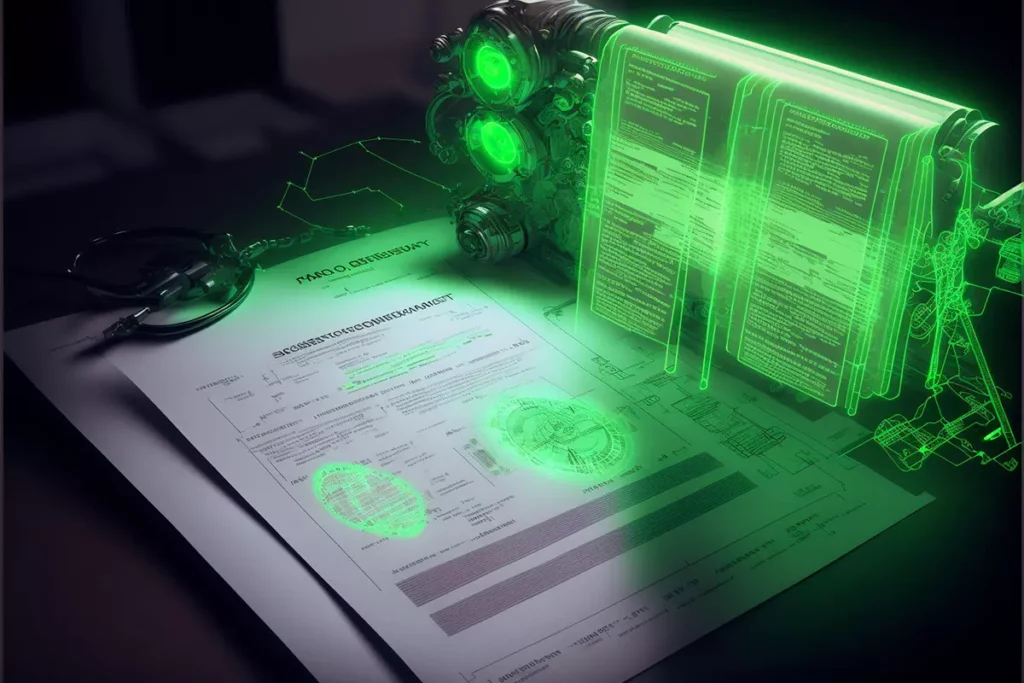
Detecting AI-generated content poses significant challenges that undermine the reliability of plagiarism detection. Evidence from online discussions and proofs indicates that the process is not foolproof. The difficulty lies in accurately distinguishing between human-written and AI-generated content, particularly as AI models advance.
The evolving sophistication of AI algorithms makes it increasingly challenging to discern whether a piece of content results from human creativity or machine-generated. It raises concerns about the effectiveness of plagiarism detection tools like Turnitin in accurately identifying AI-generated content. As AI technologies progress, continuous efforts are required to enhance detection methods and stay ahead of the ever-evolving landscape of AI-based writing tools.
How Turnitin Works? Know Working Protocol

Turnitin operates by employing a plagiarism detection process that relies on comparing submitted documents to its extensive database. It includes academic publications, previously submitted papers, and internet sources. Turnitin generates a “similar index” that highlights similarities between the submitted document and existing content by conducting thorough comparisons.
It is worth acknowledging that the “similar index” does not offer conclusive evidence of plagiarism. Instead, it indicates potential matches and requires further examination by educators or reviewers to determine if plagiarism has occurred.
While Turnitin’s approach is comprehensive, it is crucial to understand that the software’s findings should be interpreted and evaluated in the context of the specific assignment or academic requirements to ensure fair and accurate assessments of originality.
Can Turnitin Detect Google Bard Work?
Wrapping Up
Advancements in plagiarism detection software are needed to address emerging forms of misconduct. Responsible use of AI-based tools for educational purposes should be encouraged while emphasizing the value of human creativity in producing original content. Continuous development and adaptation of plagiarism detection methods are necessary to uphold academic integrity and ensure the authenticity of submitted work. I hope you have got your answer “Can Turnitin Detect Google Bard”.
Frequently Asked Questions
1. Can Turnitin Detect Google Bard?
Yes, Turnitin can detect content created by AI Chatbots like Google Bard or Open AI’s ChatGPT.
2. Where is the AI detection feature available in Turnitin?
The feature to detect AI content in Turnitin is available in TFS (Turnitin Feedback Studio).
3. Does Turnitin check for Google Docs and Google Translate?
Yes, Turnitin check is available for Google Docs and Google Translate. But, to detect Google Translate via Turnitin, you must enable language detection from your account.
4. Can Turnitin recognize texts written by AI Chatbot?
Yes, Turnitin identifies the papers written by AI chatbots.
